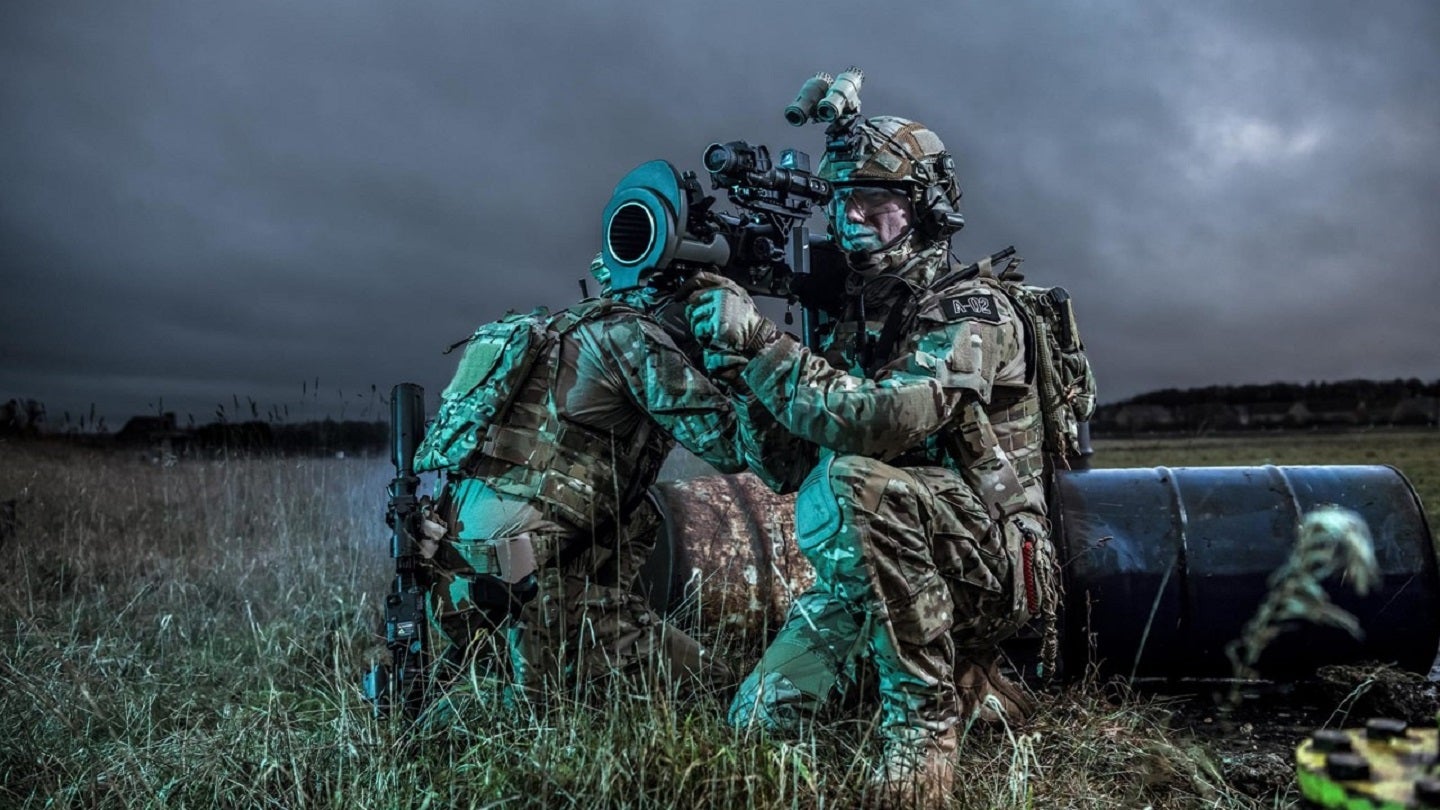
Saab has announced it will supply Australia’s Defence Force with an additional supply of Carl Gustaf M4 weapons in a contract worth Skr400m ($36.9m); these will be delivered throughout 2024-2025.
The Carl Gustaf M4 is a man-portable, shoulder-launched weapon system, designed and developed by Swedish defence and security firm Saab to meet a wide range of modern combat needs of infantry forces.
It is used to destroy armoured tanks with add-on armour protection, to neutralise landing craft and bunkers, to clear obstacles and it is also used to engage enemies in buildings. It has a length of less than 1 metre and weighs under 7kg, making it easy to carry; a gunner and a loader can operate the system.
Australia’s supply will be delivered with Saab’s supplementary Fire Control Device, or FCD 558.
“This order continues Saab’s longstanding relationship with the Australian Defence Force. We are proud to deliver modern and user-focused weapon systems that ensures the Australian Armed Forces’ ability to meet a wide range of challenges on the battlefield,” Gorgen Johansson, head of Saab’s Business Area Dynamics, stated.
The range of ammunition types for Carl-Gustaf makes it a flexible system: “whether it is to destory an armoured vehicle or structure, or illuminating the battlefield during night operations,” Saab remarked.
Australia’s latest order comes off the heels of Sweden’s Defence Material Administration’s acquisition of of carl Gustaf weapons for Skr3bn. Similarly, a month earlier, the UK sought to acquire 56 Carl Gustaf systems from Q4 this year to replace, in part, anti-structure munitions and NLAW anti-tank missiles granted to Ukraine.
Nato and global strategic requirements
It is no secret that Europe is under pressure to mobilise its war stocks after the Russian invasion of Ukraine had, since it began in February last year, exposed countries’ defence and energy vulnerabilities. This also applies to countries such as Australia, that are in a tense geopolitical climate across the Indo-Pacific, where the US-China rivalry intensifies. Yet, undeterred, many countries are mobilising like never before.
The UK is directed by its Integrated Review Refresh, published in March, to support its European and transatlantic partners as a method of its global response to the problems posed my Russia and China.
Meanwhile, Sweden will soon follow Finland’s entry into the Nato; but this comes with some requirements to provide sufficient support to the defence organisation. The country is pressed by its hopes to join military alliance, which requires expanding its defence spending to Nato’s 2% of GDP target.




